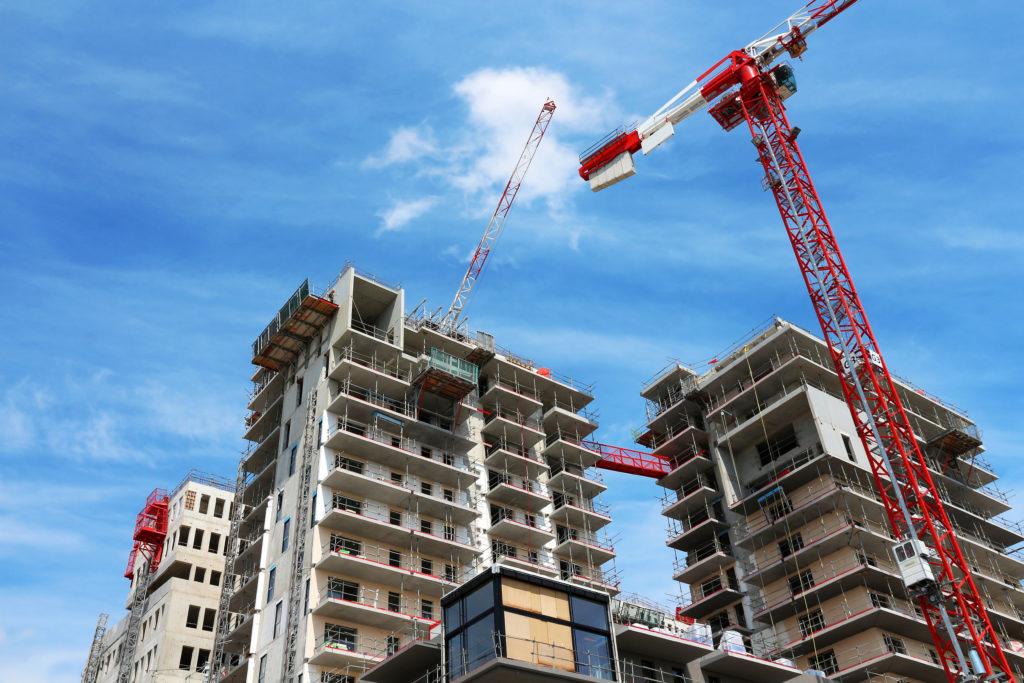State of Housing #6 • 651 Words
Editor’s note:
This is the sixth edition of our “State of Housing” series, which breaks down the HB854 Statewide Housing Study released this January. You can find previous posts in this series here.
Low supply and limited choices constrain Virginians’ housing options—and affordability.
The third part of the HB854 Statewide Housing Study includes eight chapters analyzing data on housing demand and needs across the Commonwealth.
In this edition, we’ll focus on the inventory and production trends chapter. It describes Virginia’s existing housing inventory and recent trends in construction. Housing affordability goes beyond simple supply and demand economics. The quality and type of supply all impact affordability for Virginians. Below you’ll find some of the findings we think are most important.
Housing production has still not recovered to pre-Great Recession levels.
Roughly 30,000 new homes have been constructed in Virginia each year since 2013. In 2020, 33,813 building permits were filed. This was a far cry from a two decade peak in 2004, when annual building permits were nearly double that amount at 63,215.
Single-family detached homes have consistently composed two third of the housing being built across the Commonwealth, while diverse housing like duplexes and quadplexes have failed to exceed 3 percent of new housing stock in a given year. Much of the production is taking place in the suburbs of our large metro areas and the counties of small metro and rural areas.
Why this matters:
Single-family detached home construction provides new homeownership opportunities—but a diverse housing stock of ‘missing middle’ and multifamily properties can ensure housing opportunities for everyone.
Population growth is outpacing home construction.
Since 2008, the Virginia population has grown by 10.5 percent, but the number of homes has only increased by 8.8 percent. Underproduction and a general trend towards smaller household sizes is exacerbating demand across Virginia. But much of this underproduction is occurring in our large metro housing markets—the Urban Crescent.
Across our large metro housing markets, population has increased by nearly 14 percent, while housing production has lagged behind by just over 2 percentage points—13.8 percent versus 11.6 percent, respectively.
Small metro markets, like Roanoke and Charlottesville, are doing much better keeping their housing production in line in population growth. Rural markets, on the other hand, are generally seeing a loss of population, which has contributed to both fewer homes and higher vacancy.
Why it matters:
Underproduction of housing in our major metro areas will continue to increase demand and leave affordability in these areas a major pressure point for low- and middle-income households.
Housing stock in Virginia is not diverse.
Almost three in four of all households in Virginia live in a single-family home (73 percent). This even includes 40 percent of all renter households. Increasing calls for zoning reform over the years have brought attention to the prevalence of single-family zoning and its impact on the environment and affordability.
Still, single-family homes continue to dominate what’s being built year-after-year. In fact, single-family construction has been more than triple that of multifamily construction since 2000.
However, housing diversity is increasing in some parts of the Commonwealth, particularly small metro housing markets. Since 2016, small metro housing markets have been seeing increasing multifamily housing production, reaching 36 percent of all permits in 2020—12 percent more than the share of multifamily permits in large metro housing markets.
At the other end of the housing diversity spectrum, manufactured homes, which once saw nearly 6,000 new homes each year during the 1990s, now only see roughly 2,000 deliveries annually. Although this now includes modular home products, the comparatively low number of manufactured and modular homes coming to market represents an untapped opportunity to increase home production across the Commonwealth.
Why it matters:
Homogenous housing boxes Virginians into a singular vision of what home means. Diverse housing options—from manufactured housing to high-rise apartments—provide Virginians not only with greater choice, but a greater range of price points.
Coming up next time
In the next edition of this series, we’ll dive into the fourth part of the research and findings section: homeownership market trends across Virginia.
